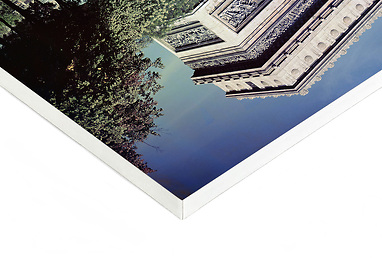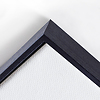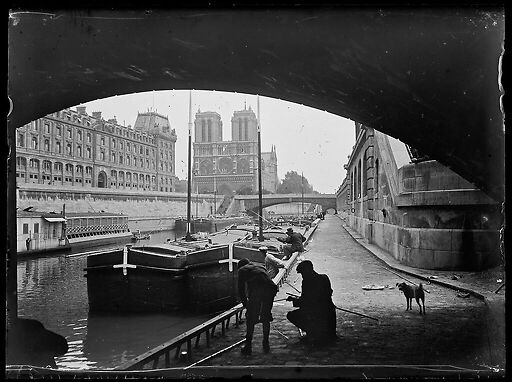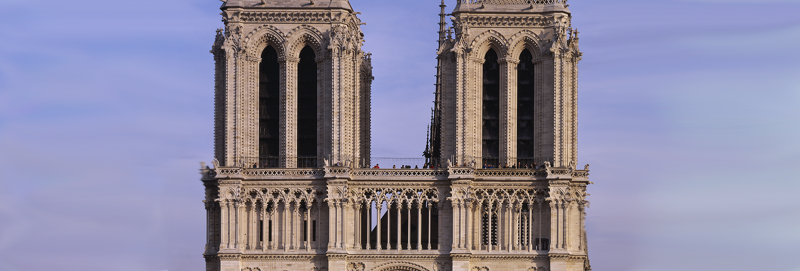La préfecture de police et la cathédrale Notre-Dame vues depuis le quai des Grands-Augustins, sous le pont Saint-Michel (stretched canvas)
Choose color
Choose an atmosphere
{{ new Intl.NumberFormat('en').format(dimensions.legend.w) }} {{ dimensions.legend.unit }}
{{ new Intl.NumberFormat('en').format(dimensions.legend.h) }} {{ dimensions.legend.unit }}
Print type
Stretched CanvasStretched Canvas
Giclee print on Fine Art canvas mounted on a 2 cm thick wooden frame. For greater compliance with the original work, the printing covers the entire chosen format, the part of the canvas covering the sides of the chassis remains white. The reproduction will be shipped in protective packaging to be received in perfect condition.

About the Artwork
La préfecture de police et la cathédrale Notre-Dame vues depuis le quai des Grands-Augustins, sous le pont Saint-Michel
1910 Original work by: Séeberger frères [Jules (1872-1932), Louis (1874-1946), Henri (1876-1956)] Séeberger frères [Jules (1872-1932), Louis (1874-1946), Henri (1876-1956)] - La préfecture de police et la cathédrale Notre-Dame vues depuis le quai des Grands-Augustins, sous le pont Saint-Michel - © Séeberger Frères - Centre des monuments nationaux. Donation Albert Séeberger

 Français
Français  English
English 







